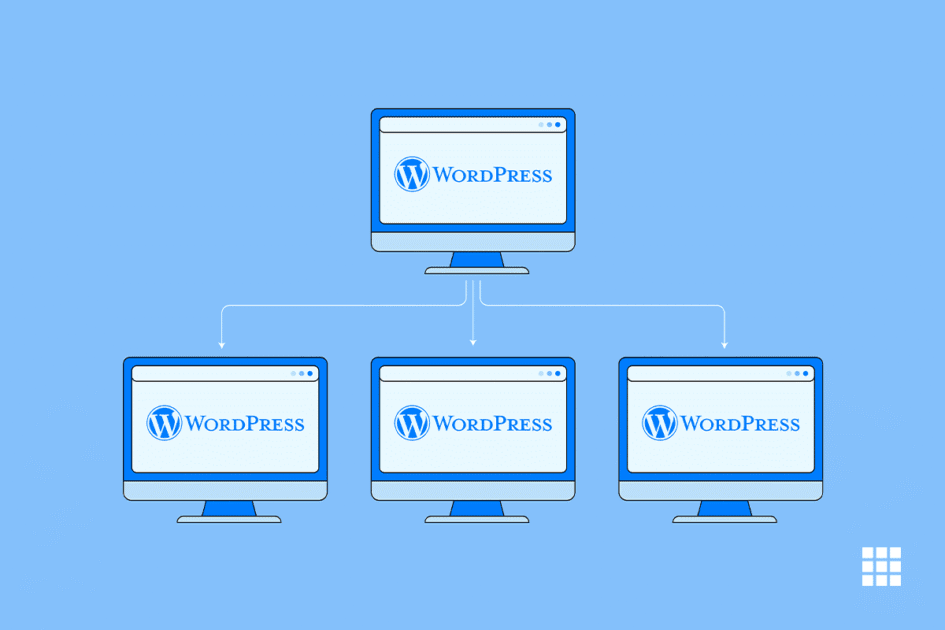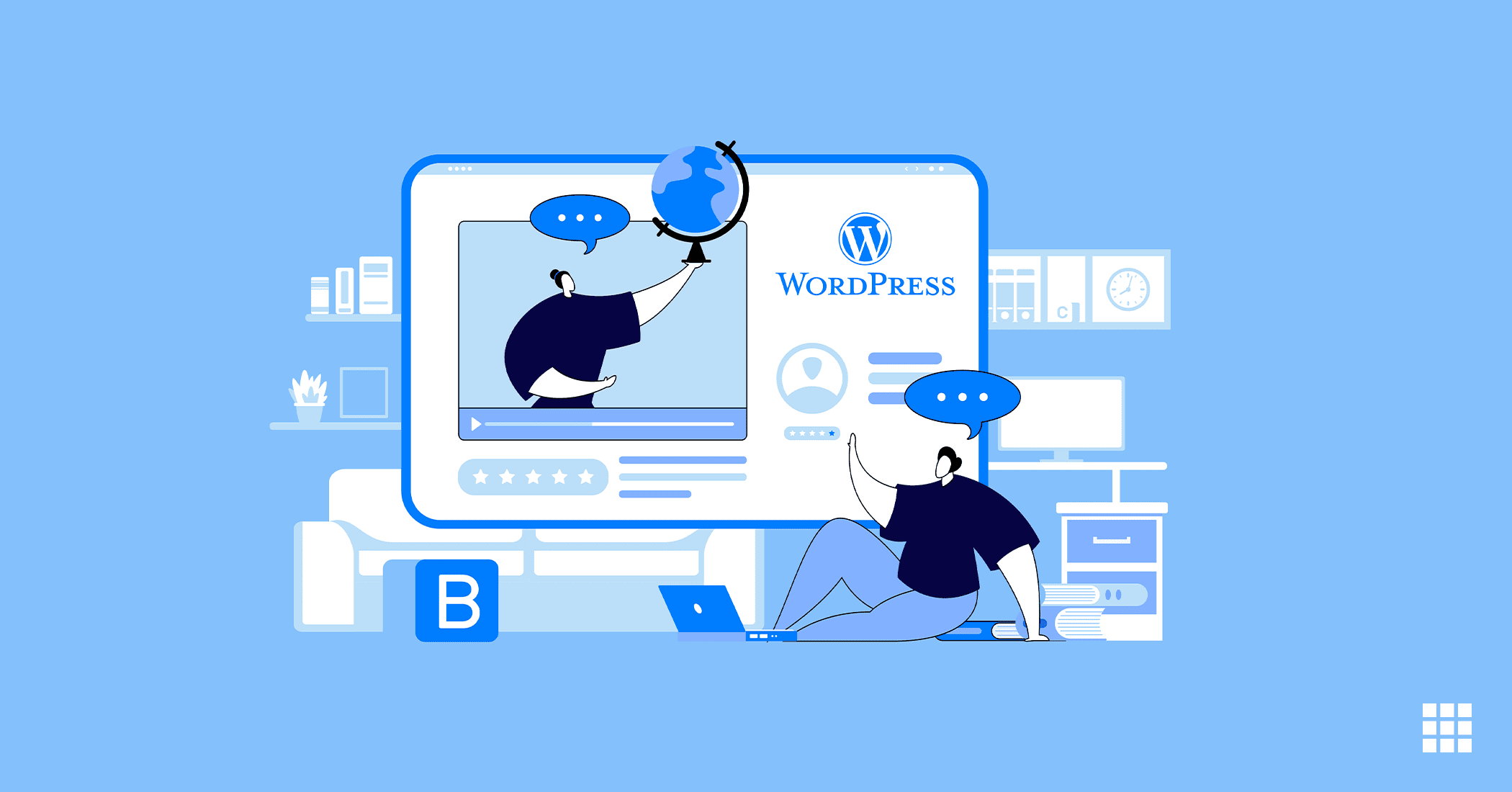
WordPress is one of the most popular and well-known web platforms, dominating a third of websites worldwide. The depth of functionality and flexibility goes beyond the free blogs you can get with the famous five-minute installation. One such feature is WordPress Multisite. WordPress Multisite turns your single site into a web where you can create and manage multiple pages that want to display multiple tags or meet the needs of different users.
If your site has a lot of blog themes, you should carefully consider creating your WordPress site for multiple sites. You can turn to a new website or website that you are following for a while. The only requirement to update WordPress Multisite is that WordPress is added to your website after buying a shared hosting plan for the same. WordPress Multisite includes WordPress Core but does not work immediately.
But this isn’t all. There is much more to it. Let us look at it in detail through this article, shall we?
More articles about Web Hosting
View All-
Dedicated Hosting : 9 Essential Features
4 Mins Read


Write A Comment